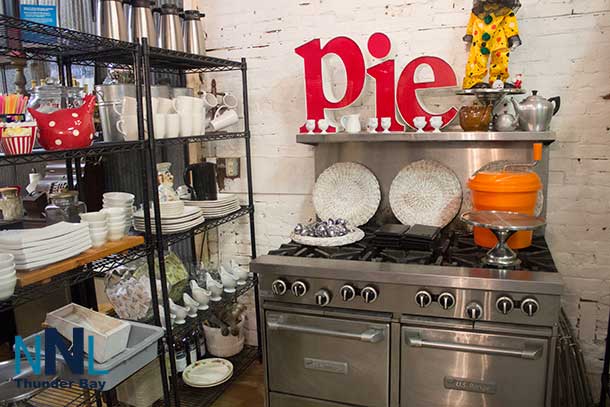For many of us, the kitchen has always been a sacred place in our homes, often referred to as the heart of the home.
But it seems kitchens are losing their lustre. An increasing number of condos and apartments are being sold and rented without a stove. In pricey Yorkville, one of Toronto’s most expensive districts, you can now rent a 600 sq. ft. unit that comes without a full kitchen for a little more than $3,200. It’s also happening in the United States and Europe.
For a growing number of households, the kitchen is more of a simple quasi-closet where you store food instead of a gathering place for family and friends.
Since the last great recession occurred a decade ago, access to homeownership has been a challenge, particularly for the younger generations. With rock-bottom interest rates, real estate prices have skyrocketed, making it difficult for new workers to settle and purchase a home. As such, builders are shrinking condos to keep prices at affordable levels – and the one thing that appears to be shrinking faster than ice cubes in hot soup is the kitchen. Builders know that potential buyers or renters are not going to spend much time there. Or at least, that kitchens serve a very different purpose for the younger crowd.
Younger workers have a different sense of how real estate serves them. Like in many parts of the world where real estate prices have always been high, a home is a space for the in-betweens. Our busy lifestyles cause us to spend less time at home, whether for work, leisure, or anything else. It’s a place you visit between activities. Even for people who work from home, travelling is very much part of what they do.
We are slowly moving toward an app-driven food economy. Food delivery apps are the new norm and the need to cook barely exists. But most importantly, younger folks, particularly millennials and Gen Zs, are time-starved and are three times more likely than Boomers to order in.
A recent report from global financial company UBS suggested that the global online food ordering market could grow more than tenfold over the next decade or so to $420 billion by 2030 from $42 billion today. That number includes both food delivery apps, often used by restaurants, and pre-prepared meal kits, another growing trend. Having food delivered will cost more but paying a premium for convenience is much less expensive than buying a full-sized condo with a kitchen you won’t use. But the cost of delivered food will also change.
The food service industry is adapting to the trend. The rise of “dark kitchens” – cramped restaurants, typically with no dining room and usually located in downtown cores, where cooks labour to prepare meals for food-delivery apps – is making the industry more app-friendly.
While they are not easy to find, these “dark kitchens” are out there, even in most Canadian cities. In Europe and part of the United States, they even use robotics and AI to manage orders and prepare meals, significantly reducing costs. With drones and highly sophisticated delivery options, costs will likely decrease even more, making home cooking the more expensive option, especially for people living alone.
With these technologies, ordering in is slowly becoming a more cost-effective dietary choice. That is the one feature that can make home cooking least attractive for everyone, not just the younger generations. Why bother cooking when it means a household generates more food waste and spends more on food?
The economics of cooking are changing fast, which is why most grocers are investing in food service, whether it’s meal kits or the ready-to-eat space. Grocers are essentially accepting the fact that consumers want to spend less time in the kitchen. As much as some of us don’t want to admit, it is happening. Cooking is being outsourced by a growing number of households. Kitchens have evolved from a location in a home where you cook to a place where people just tweak and heat up whatever they want to eat. Others do most of the work for you.
Yes, the kitchen stove could be the next sewing machine. Years ago, most homes had a sewing machine, but clothing is cheaper today than it was 20 years ago, in constant dollars. Most of us buy clothing made by someone else. Sewing is now considered a lost art.
The same trend seems to be happening with food.
Dr. Sylvain Charlebois is senior director of the agri-food analytics lab and a professor in food distribution and policy at Dalhousie University, and a senior fellow with the
Atlantic Institute for Market Studies.

